When Ferrari pulled the wraps off the Enzo in 2002, it began a new chapter for the supercar maker. Named after its founder, the Enzo was Ferrari’s halo car for the 21st century and a spiritual successor to the immensely successful F40 and F50. But the Enzo wasn’t a one-off, and it became the foundation for a remarkable lineage, for, as cliché as this might sound, the sort of machines that blur the lines between race-car and road car. Some evolved from motorsports, others were commissioned for ultra-wealthy collectors, and a select few served as experimental platforms that would shape the next generation of supercars from Maranello. Regardless, here’s how Enzo’s legacy spanned not one, but two storied Italian marques and expanded into one of the most fascinating stories in automotive lore.
1. 2002 Ferrari Enzo
The Icon That Started It All | Units Produced: 499

Let’s begin with the car that will serve as the basis for all subsequent models in this article. The Ferrari Enzo itself. As already mentioned, around the turn of the century, the Enzo redefined what a supercar could be. Styled by Ken Okuyama of the famed Italian design and styling house, Pininfarina, who gave it a bold-wedge design, the Enzo from the outset was extreme in its design with an F1-derived carbon-fiber and aluminium honeycomb monocoque chassis, radical aerodynamics, carbon ceramic brakes, and most importantly, a 6.0-liter naturally aspirated F140 mid-engine V12. It put out 651 horsepower and 485 pound-feet of torque. 62 mph came up in 3.65 seconds, still quick by modern standards, and the top speed, rated at 218+ mph. Just 400 units were made, and this includes a charity car for Pope John Paul II. The Enzo’s exclusivity and performance cemented its status as a modern icon and became a benchmark that would build a long line of even extreme variants.
2. 2005 Ferrari FXX
Ferrari’s Track-Only Testbed | Units Produced: 30
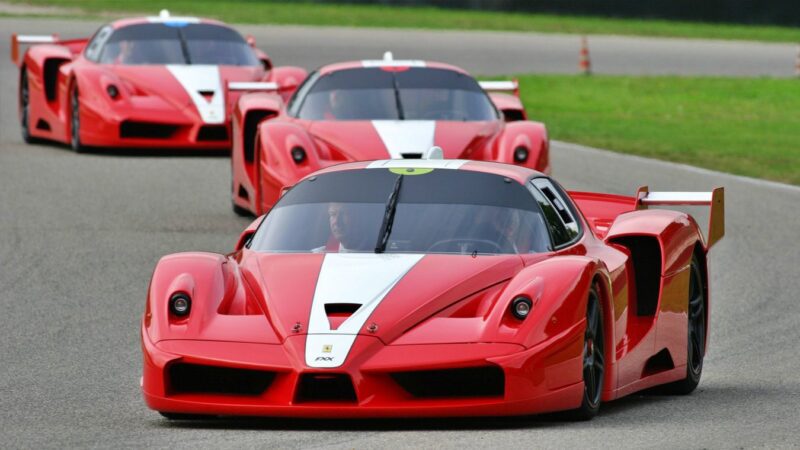
With the FXX, Ferrari transformed the Enzo into a track-only, no-compromise machine by enlarging the V12 to nearly 6.3 liters to produce 800 horsepower. 80-millisecond gear shifts make it blisteringly quick off the line. Developed in collaboration with the reigning Formula 1 World Champion at the time, Michael Schumacher, it was designed exclusively for Ferrari’s XX program; buyers were essentially buying a seat in Ferrari’s rolling R&D lab. Without having to comply with road homologation, the FXX features some pretty substantial aero upgrades, a stripped-out cabin, and slick tires, developed specifically for track sessions. Only 30 examples were built, with each paving the way for Ferrari’s next generation of supercars.
3. 2006 Ferrari P4/5 By Pininfarina
A Coachbuilt Masterpiece | Units Produced: 1
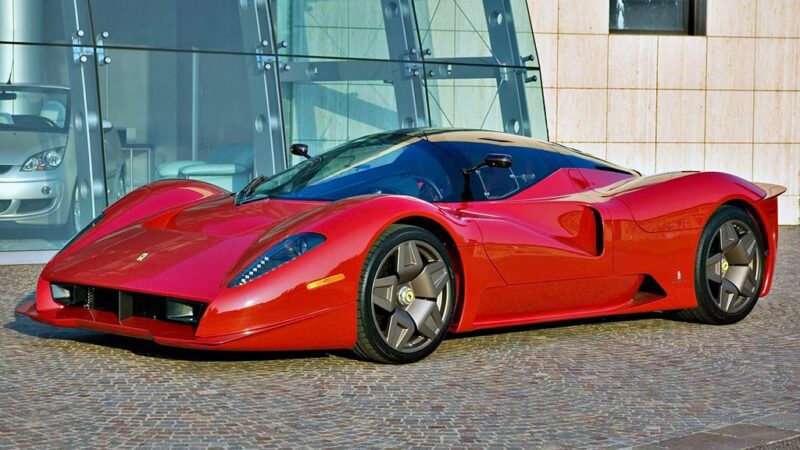
Commissioned by American collector James Glickenhaus, the Ferrari P4/5 borrowed design cues from P-Series Ferraris of the 1960s, reinterpreting the formula of those iconic endurance racers with modern-day engineering from the Enzo. Pininfarina was tasked with crafting the bespoke carbon-fiber bodywork that was a blend of classic design and modern aerodynamics. While it was mechanically similar to the Enzo under the skin with the 6.0-liter V12, the P4/5’s significance lies with its exclusivity, given that it was a one-off commission. With its coach-built bodywork, it remains a collector’s dream. However, the P4/5 is far from just a rebodied Enzo and was one man’s vision coming to life.
4. 2007 Ferrari Millechili
The Lightweight Research Project | Units Produced: 1
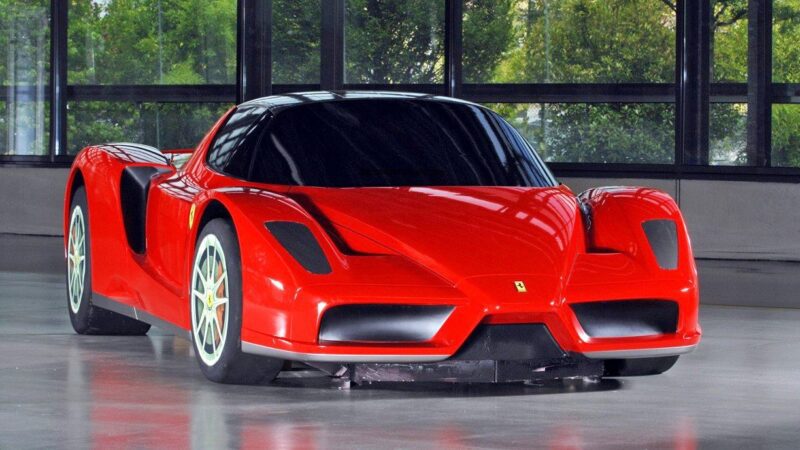
The Millechili concept was a one-off concept meant to portray Ferrari’s commitment to lightweight performance. Developed in collaboration with the University of Modena, its target curb weight of 1,000 kgs (2,205 pounds), hence the name. Millechili translates to 1,000 in Italian. The lightweight was made possible by exploring advanced lightweight materials and compact packaging. While the Millechili never made it to production, the project served as a think tank shaping Ferrari’s approach to high-performance vehicles. Learning from this concept car’s research directly influenced key elements of future Ferrari hypercars when it came to weight reduction and packaging.
5. 2008 Ferrari FXX Evoluzione
Sharper, Faster, Smarter | Units Produced: 3
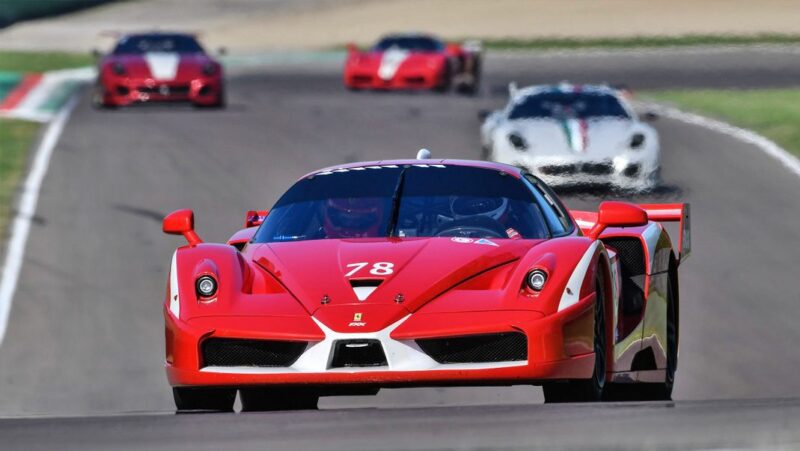
As the ultimate derivative of the Ferrari’s track-only Enzo, power on the FXX Evoluzione was uprated to 860 horsepower, with even quicker 60-millisecond gearshifts and bodywork with refined aerodynamics, designed to increase downforce. Ferrari also integrated advanced onboard telemetry systems to allow drivers to analyse performance out on the race track in real time. As part of Ferrari’s Corse Clienti program, owners would take part in exclusive test sessions and share feedback, influencing the brand’s future developments. Limited just to already existing FXX owners, the Evoluzione kit was more than just an upgrade. It ensured that these cars remained at the very cutting-edge of racing technology and laid the groundwork for innovations that would be seen in the Ferrari’s answer to the Holy Trinity, the LaFerrari.
6. 2004 Maserati MC12 Stradale
The Enzo Reimagined for GT1 Glory | Units Produced: 50
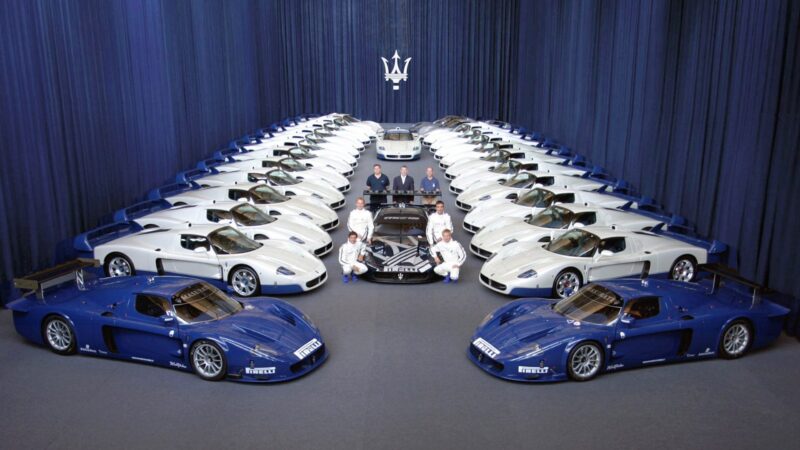
The relationship between the Ferrari and Maserati names goes back decades through their rich racing history and fierce rivalry, but it was Ferrari’s ownership of Maserati back in the early 2000s that led to the MC12 project. This car was a homologation special that shared its chassis and drivetrain with the Enzo, but was thoroughly reworked and reimagined for Maserati’s racing ambitions in the GT1 class. Based on Giorgetto Giugiaro’s Italdesign and designed by Centro Stile and the great Frank Stephenson, who was the Design Director of Ferrari/Maserati at the time, the longtail body finished in the iconic white and blue paint scheme, prioritized downforce and high-speed stability over outright speed.
With a targa top roof and a stretched-out Enzo platform (6.2-inch longer wheelbase), the Maserati MC12 featured a less aggressive version of the 6.0-liter V12, with a dry-sump lubrication system, and put out 630 horsepower. Only 50 road-going examples of the MC12 were built, and although critics argue that it lacks the sharp edges of the Enzo, the MC12 was instrumental in reviving Maserati’s racing legacy, once again becoming a dominant force in GT racing.
7. 2004 Maserati MC12 GT1
Maserati’s Return to Racing Dominance | Units Produced: 10
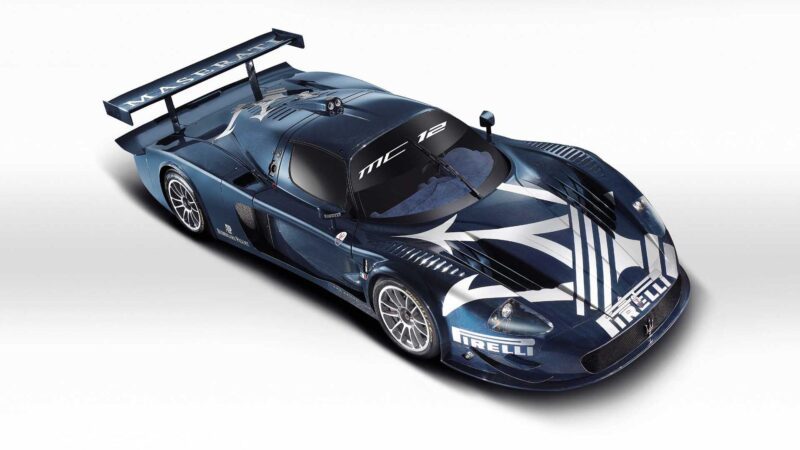
The Maserati MC12 GT1 brought Maserati back into the arena of top-tier motorsports after three decades of absence. Unlike the road-going MC12, the GT1 was designed to compete in the FIA GT1 class, and was a pure competition machine purpose-built to challenge Ferrari’s rivals on some of the world’s toughest race tracks and restore the Trident badge’s racing glory. It featured extensive revisions in the form of weight reduction amounting to 551 pounds and race-specific modifications made to the Enzo-derived V12 engine. This made it a formidable endurance racer, and the MC12 GT1 would go on to become immensely successful in the FIA GT Championship in 2005, bagging several team and six Drivers’ titles with dominant stints at iconic circuits like SPA. It won 40 of the 96 races over its seven-year competition career. Only 10 examples were made.
8. 2005 Maserati Birdcage 75th
A Concept That Blends Heritage and Futurism | Units Produced: Concept
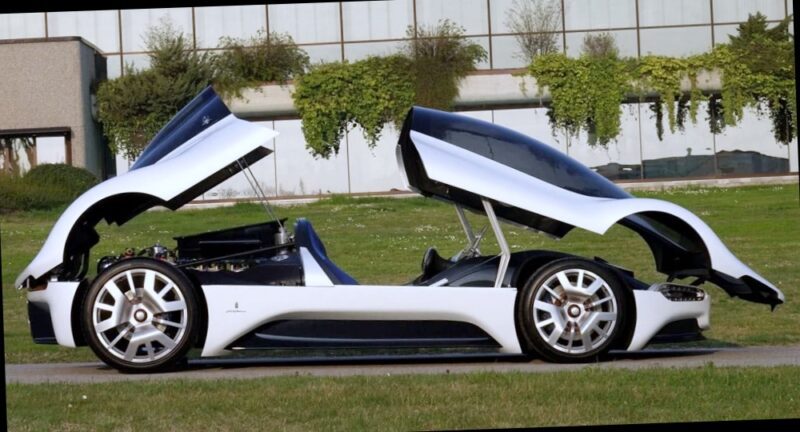
Unveiled at the 2005 Geneva Motor Show, the Maserati Birdcage 75th was a concept car that celebrated the storied Italian marque’s racing history. This was yet another concept car that was designed by Pininfarina; its futuristic avant-garde styling featured a dramatic glass canopy, inspired by the iconic Tipo 61 “Birdcage” racers, hence the name. While it was based around a modified MC12 rolling chassis, the 6.0-liter V12 ties it to the Enzo lineage. Never intended for production, the Birdcage was purely a design exercise, exploring themes of aerodynamics, connectivity, and driver interface. It was a showcase of Maserati’s potential for bold interpretations of its racing heritage.
9. 2005 Maserati MC12 Corse Prototype
Prototype Power, Private Playground | Units Produced: 1
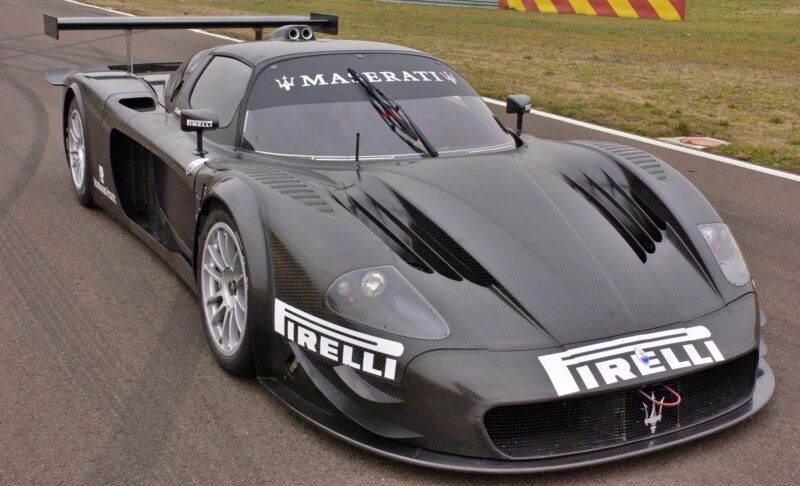
The Maserati MC12 Corse first made its debut in ‘05 as a one-off prototype and was being developed alongside the MC12 GT1. This unique machine was Maserati’s first attempt at stripping the GT1 race car of its regulatory limitations, in order to help its VIP clientele experience an uncompromising track weapon. However, before unleashing its ultra-exclusive track-only special to customers, this prototype was built to serve as a demonstration vehicle. With no air restrictors or air mandates to worry about, the full force of the Enzo-derived V12 engine, giving Maserati the first real taste of untamed GT1 power mode, was designed for private hands. It was this prototype that would serve as the basis for the Versione Corse program that followed two years later.
10. 2006 Maserati MC12 Versione Corse
Track-Only, Race-Bred, No Rules | Units Produced: 12
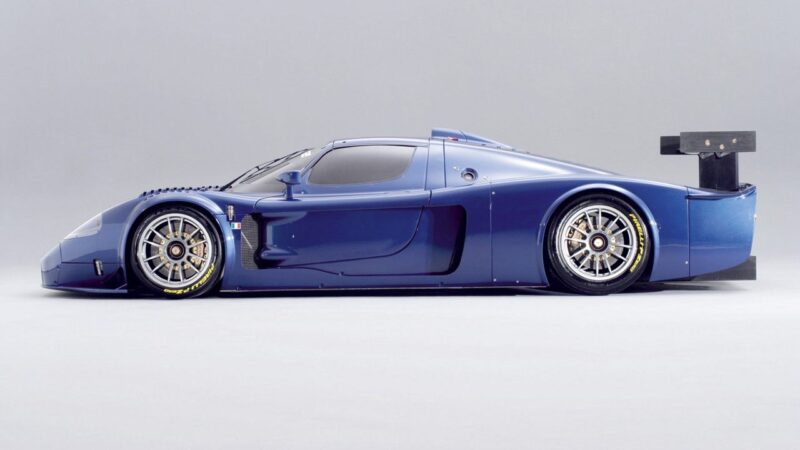
Just like the Ferrari FXX Evoluzione, Maserati’s MC12 Versione Corse took the GT1 racing formula and turned things up to 11 for Maserati’s most dedicated customers. However, it wasn’t part of a formal racing series of customer time attack program like Ferrari’s FXX. The MC12 Versione Corse was positioned between the standard road-going Stradale and the GT1 racers, and bore Maserati’s vibrant Victory Blue shade. Beneth its carbon-fiber trim was championship-winning tech derived from the FIA-GT-dominating MC12 GT1. With 755 horsepower from the 6.0-liter V12, it delivered blistering track performance. Just like the Corse edition, only 12 examples were built. Although Maserati offered basic support, owners were responsible for managing the car themselves, making the Versione Corse feel more like a private GT1 weapon.
Source: Ferrari, Maserati, Pininfarina

